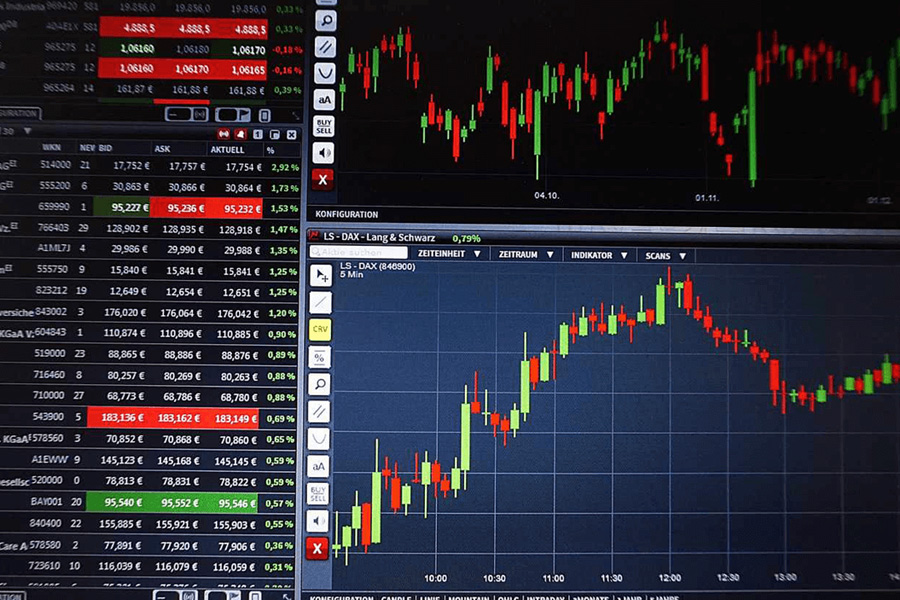Introduction: The Illusion of Profitability
Many businesses proudly report profits on their income statements, yet still struggle to pay bills, employees, or suppliers. How is this possible? The answer lies in the difference between cash flow and profit.
While profit measures theoretical financial performance, cash flow shows the actual movement of money in and out of a business. For investors, entrepreneurs, and individuals, understanding this distinction is crucial to avoiding financial blind spots. On a global trading platform, this difference becomes even more important, as multi-currency transactions and global portfolios require constant liquidity oversight.
Defining Profit and Cash Flow
Profit (Earnings)
Profit is the amount left after subtracting all expenses from revenue. It comes in three main forms:
- Gross Profit: Revenue – Cost of Goods Sold (COGS).
- Operating Profit (EBIT): Gross Profit – Operating Expenses.
- Net Profit (Bottom Line): Revenue – All Expenses (including taxes and interest).
Profit is an accounting measure, often influenced by non-cash items like depreciation.
Cash Flow
Cash flow measures the actual inflow and outflow of cash in a given period. It is tracked through the cash flow statement, which breaks into:
- Operating Cash Flow: Cash generated from day-to-day activities.
- Investing Cash Flow: Cash used for or received from investments (buying property, selling assets).
- Financing Cash Flow: Cash from borrowing, repaying debt, or issuing shares.
Unlike profit, cash flow reflects real liquidity.
Key Differences Between Cash Flow and Profit
- Timing of Transactions: A company might book profit on a sale today but not receive payment for months. Cash flow accounts for when money actually arrives.
- Non-Cash Expenses: Profit deducts depreciation and amortization, but these don’t affect actual cash. Cash flow excludes them.
- Capital Investments: Buying equipment reduces cash but doesn’t directly affect profit.
- Financing Activities: Taking out a loan increases cash flow but doesn’t count as profit.
Why Businesses Fail Despite Profits
Many companies collapse not from lack of profitability but from poor cash flow management. Without enough liquidity to meet short-term obligations, even profitable firms can go bankrupt.
Common causes include:
- Slow collections from customers (accounts receivable delays).
- High debt repayments draining cash.
- Over-investment in inventory or assets.
Investor’s Perspective
For investors, cash flow is often more important than reported profits. Two key measures include:
- Free Cash Flow (FCF): Operating Cash Flow – Capital Expenditures.
Indicates how much cash is truly available for dividends, reinvestment, or debt repayment. - Cash Flow per Share: Reflects liquidity available for each shareholder.
Strong free cash flow signals a company’s ability to sustain dividends and growth.
Real-World Example
Consider a retail chain reporting $2M net profit. But on the cash flow statement:
- $1.5M is tied up in unsold inventory.
- Customers owe $1M in delayed payments.
- The company spent $1M buying new equipment.
Result: Negative cash flow despite reported profit. Investors would see red flags.
For Individuals and Small Businesses
The same applies in personal finance. You might “profit” on paper by earning a high salary, but if most of it is locked into mortgage payments, credit cards, and future obligations, cash flow may feel tight.
Small businesses often fail because they don’t track cash burn rate — how quickly available funds are consumed.
How to Balance Cash Flow and Profit
- Improve Collections: Encourage faster client payments with incentives or stricter terms.
- Manage Expenses: Cut unnecessary costs that erode cash reserves.
- Control Investments: Time asset purchases around liquidity cycles.
- Diversify Financing: Maintain credit lines for emergencies without over-leveraging.
Bancara’s Perspective on Cash Flow vs. Profit
At Bancara, we emphasize that profitability means little without liquidity. That’s why our multi-asset platforms provide:
- Real-time portfolio analysis, highlighting cash flow implications of trades.
- Multi-currency accounts to avoid conversion delays.
- Risk tools to align profit strategies with liquidity needs.
For high-net-worth clients, this balance ensures wealth preservation alongside growth. A global trading platform like Bancara makes it possible to synchronize profit reporting with real-time liquidity, giving clients the clarity needed to preserve and grow wealth globally.
Our regional expertise is further strengthened through the Bancara – Middle East and North Africa Division, which helps clients in MENA markets manage cross-border portfolios with confidence. By combining local insights with global execution capabilities, Bancara ensures investors can stay liquid and profitable, no matter the market environment.
Profit shows theoretical success, while cash flow reveals financial reality. A company can appear profitable but still struggle if money isn’t moving efficiently. For investors, business owners, and individuals, focusing on both metrics ensures resilience and long-term sustainability.
Understanding the difference allows smarter decisions — from evaluating stocks to managing personal budgets.
Profit is theory — cash flow is reality. Bancara helps investors and businesses balance both through advanced trading tools, multi-currency liquidity management, and global asset access. Turn financial insight into real-world resilience with Bancara.


